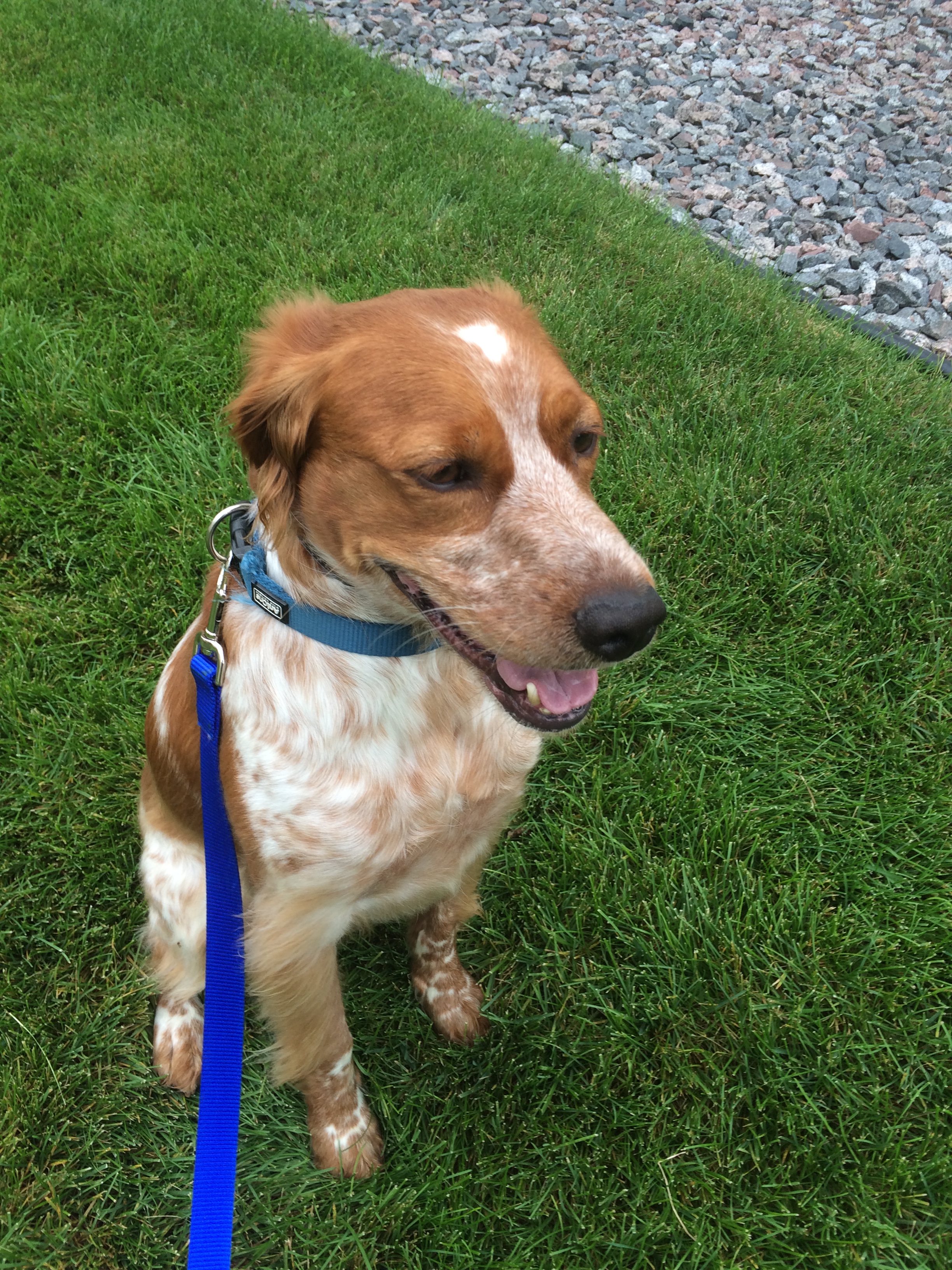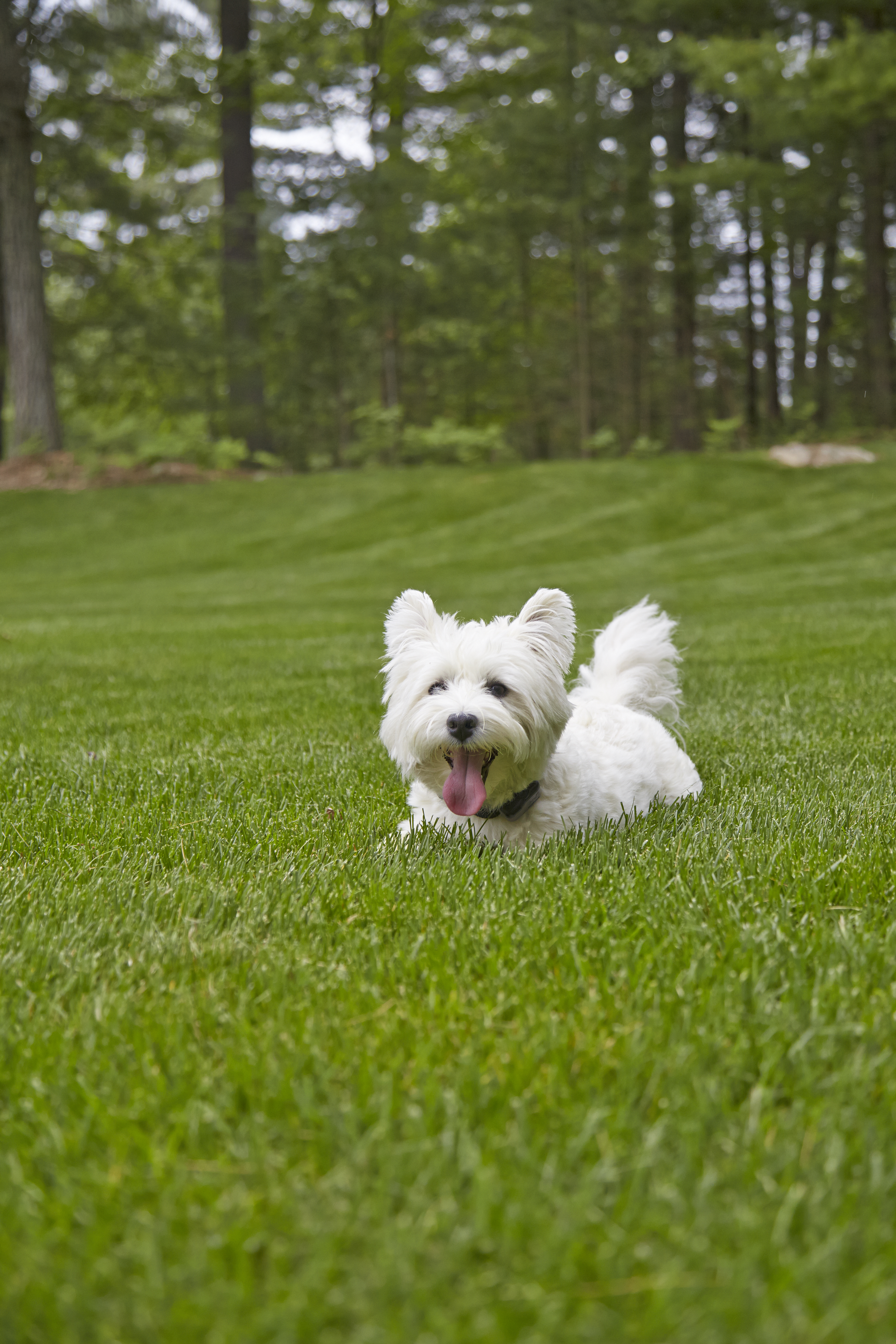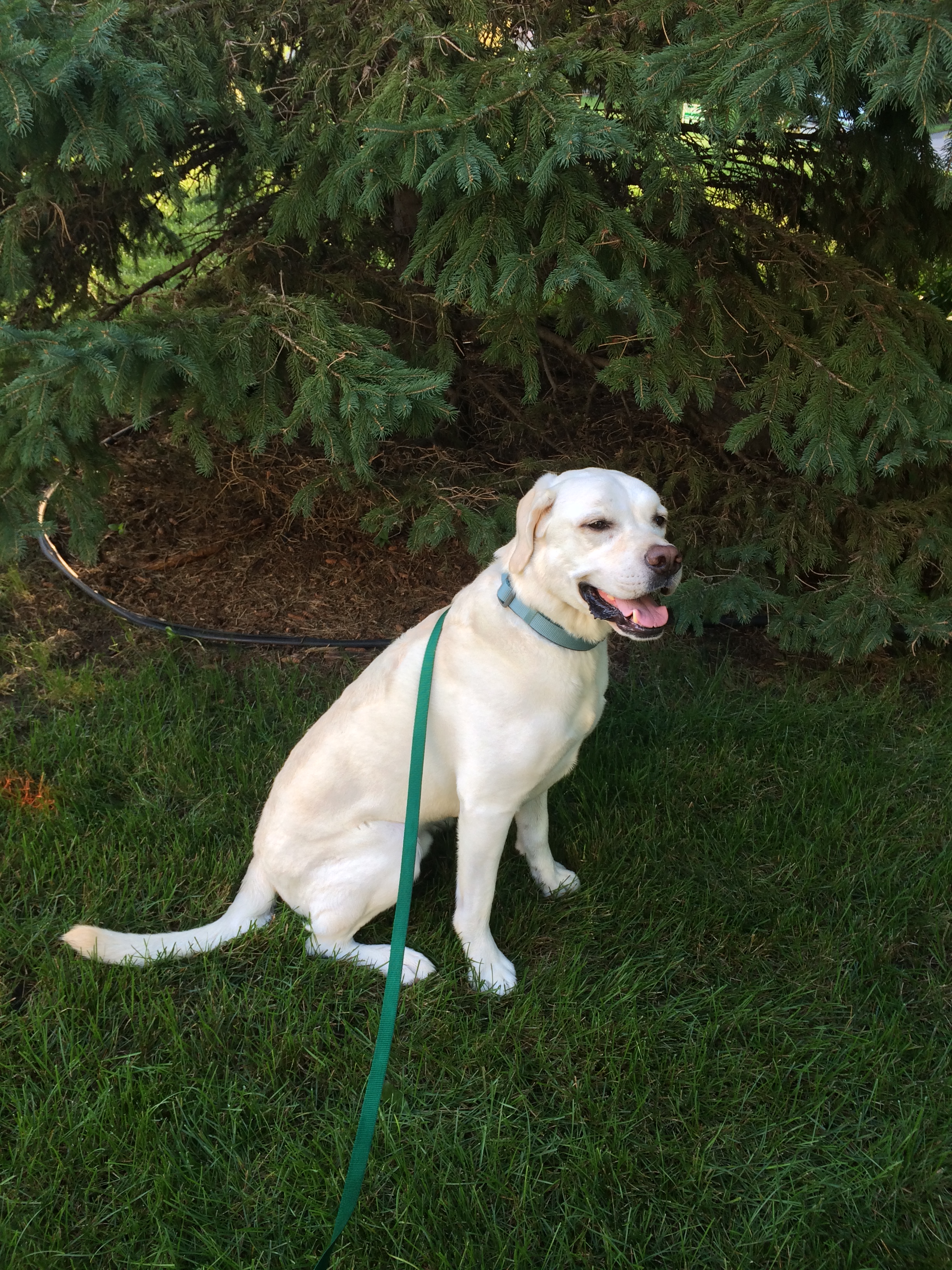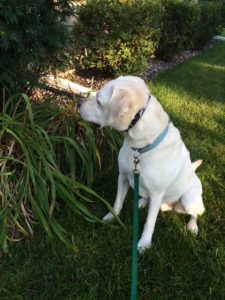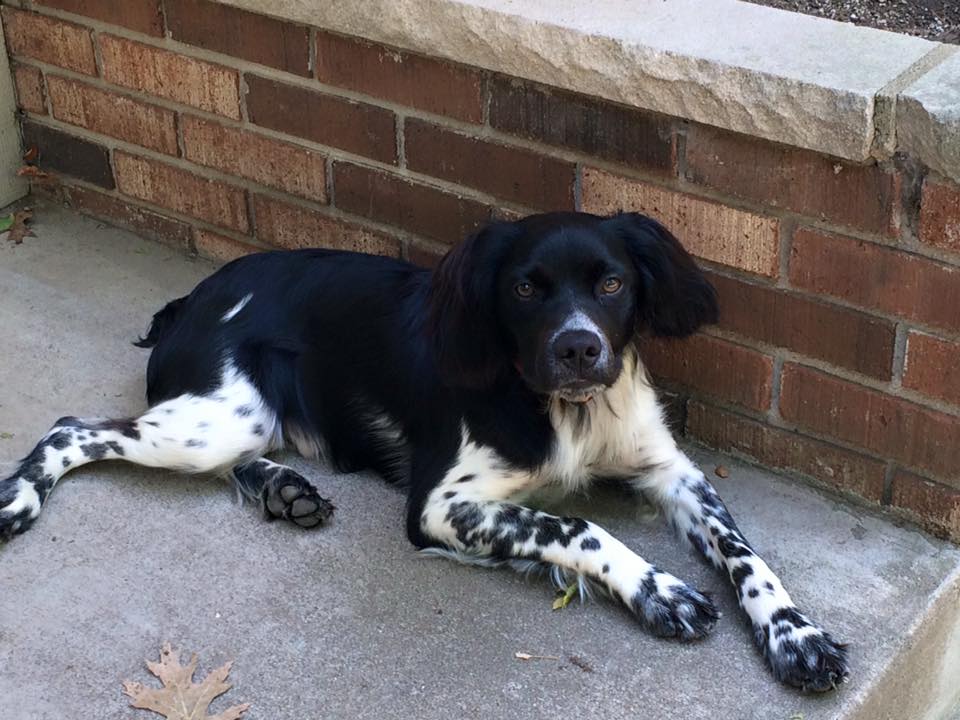
Moving with a Dog
Moving to a new house is always a strenuous, stressful process. Now imagine if you’re a dog going through it, and you have no idea what’s going on. Where are the couches going? Where are my people going? What do you mean this is my new house?
Dog runaways during a move are very common because doors are left open and there’s lots of chaos. So in the process of moving out of one house and into the next, first and foremost keep your dog safe. Put her in a room with her bed and toys while the front door is open and people are coming in and out. Similarly, bring her to the new house along with her familiar possessions after the big items are inside. She’ll stay safe inside and recognize things like couches and shoes in the new place.
The next priority is making your dog comfortable in the new place. Close off parts of the house so she can get accustomed to a couple rooms at a time. But make sure in the first few days she gets to see all the rooms so she knows they’re all part of home. If a dog doesn’t spend any time in the basement, for example, she may think it’s a place to relieve herself.
Just like in the house, slowly introduce your dog to the yard starting near the house and venturing outward as time passes. Always keep her contained so she doesn’t run off towards an unfamiliar neighbor dog or a new critter. If your dog is a walker, get her out in the neighborhood as soon as possible. That way if she ever loses her way, she’ll be more likely to know how to get home.
If you’re a DogWatch customer and you’re moving with a dog, it’s simple to bring your dog fence with to the new place. The transmitter, collar, and other components can move and then get hooked up to a new wire at the new house. Just list your house as “wired for a dog fence” instead of “includes a dog fence” when it’s time to sell.
